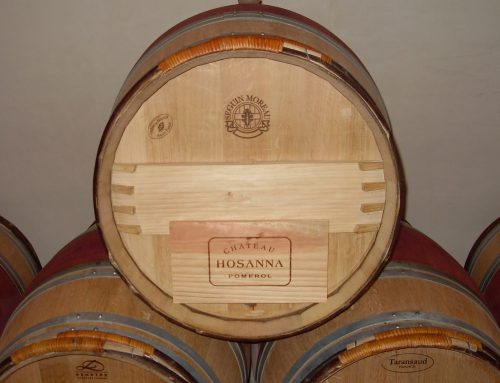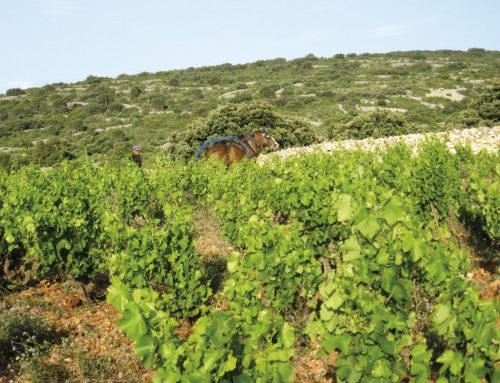In our period of excessive grape ripeness, oak aging and high alcohol, it is pleasing to taste the classic wine of Chateau d’Issan.
Created when England ruled Bordeaux, Chateau d’Issan is one of its oldest vineyards and chateaux. Poets have written about it, and it produced the favorite wine of the Austrian Emperor Franz-Joseph. “On the table of kings and the altar of gods” proclaims its not-so-modest motto.
The long series of owners including one named Foy-Candale (could I have a d’Issan ancestor?), and it’s now run by the Cruse family, which purchased the property in 1945.
Last month, I tasted the wines of Chateau d’Issan from 2000 through 2009 with third-generation owner, Emmanuel Cruse. Along with his wines, Cruse brought a refreshingly candid view of Bordeaux and a keen wit and self-deprecating humor that belied his sharp intellect.
Chateau d’Issan is located in the Margaux appellation and ranked a third-growth in Bordeaux’s famed 1855 Classification. There is a valid argument for ignoring or updating a wine hierarchy that is 157 years old, but any revised classification would certainly include the well-made wines of Chateau d’Issan.
In our tasting, the 2000, 2005 and 2009 confirmed the outstanding reputation of those vintages, and the 2001 was another example of how wines from that year are a pleasure to drink, even though they continue to be overshadowed by the focus on the great 2000 vintage.
Because of Bordeaux’s antiquated distribution system and the collapse of America’s two major Bordeaux import companies, finding specific Bordeaux wines can be a frustrating effort. In our market, two distributors represented the 2004 and 2008 Chateau d’Issan.
The 2004 and 2008 have similar structures, and both are ignored by wine collectors whose laser-like focus is on the great 2005 and 2009 vintages.
The 2004 and 2008 Chateau d’Issan wines are composed of 60 and 62 percent cabernet sauvignon, respectively, with the balance being merlot. A pretty black cherry hue and mild aromas of black fruit and black olive are delightful introductions. A medium body carries blackberry and black cherry fruit flavors with integrated tannins and a velvety texture.
The texture of both the 2004 and 2008 was a hallmark of all the Chateau d’Issan wines in the tasting, save the difficult vintages 2002 and 2007.
Bordeaux has not escaped the current fashion of excessive, over-the-top wines; in fact, one of the most celebrated (and, in some quarters, condemned) proponents of that style is Michel Rolland, a Bordeaux chateau owner and consultant to wineries spanning the globe. Fortuantely, Chateau d’Issan neither aspires nor needs to be a client. History is on its side.
Buy the 2004 Chateau d’Issan for current consumption; the ripe fruit flavors of the 2008 will tempt you to drink it now, but I suggest a modicum of discipline and leave it in your cellar for another two years.
the 2004 and the 2008 Chateau d’Issan wines retail for approximately $60.







Leave A Comment